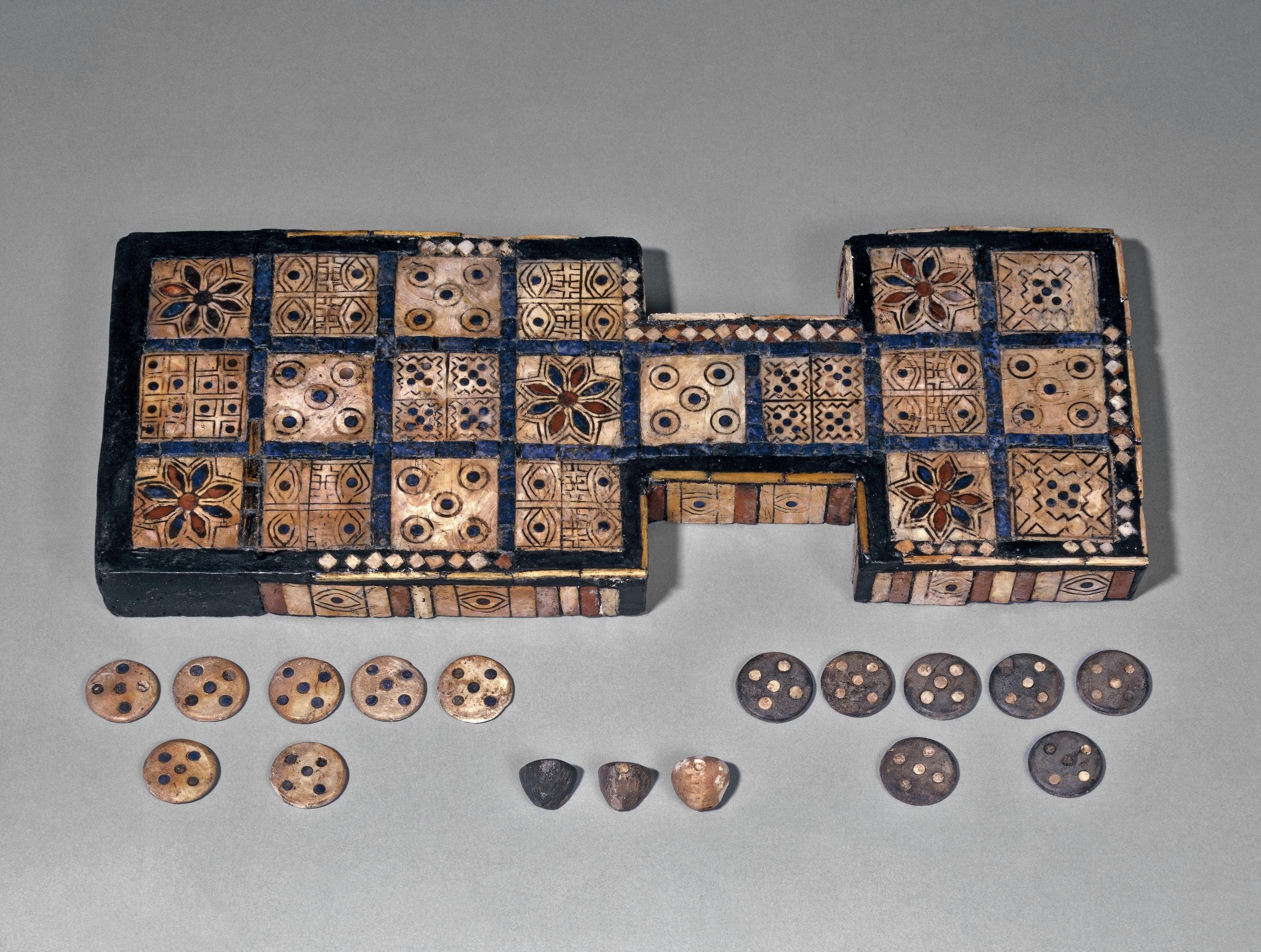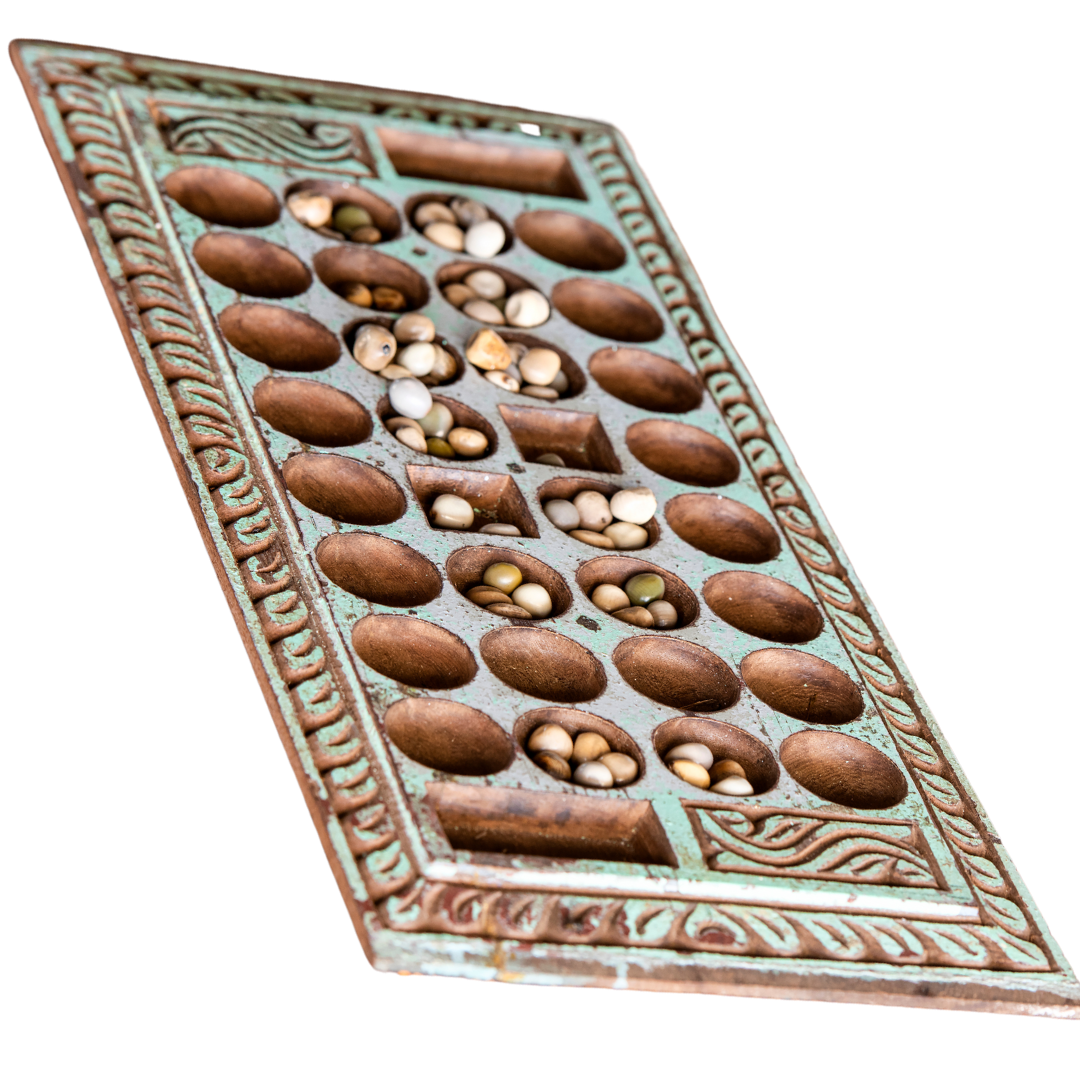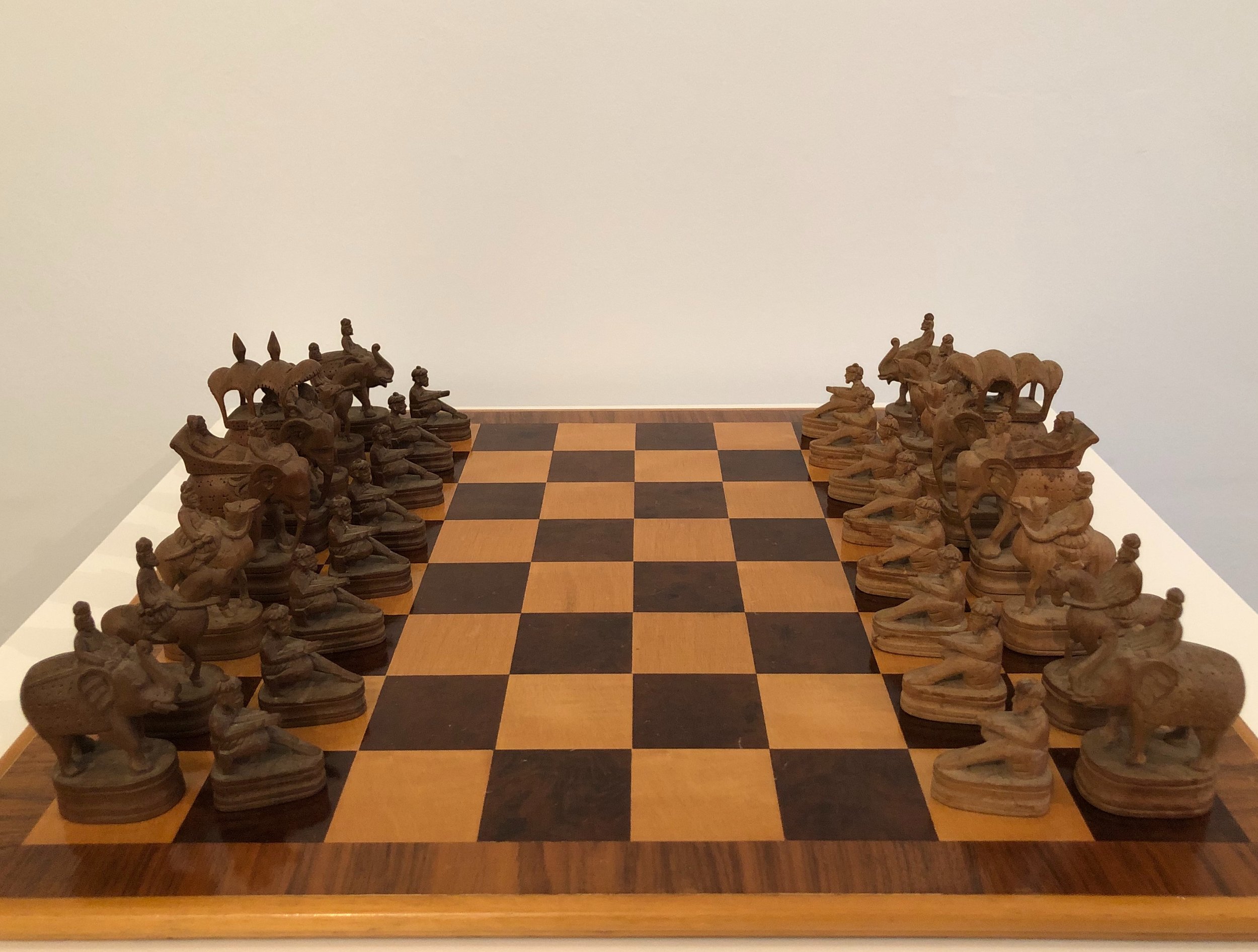Learn All About Three Of The Most Influential & Ancient Tabletop Games
3 ancient board games that left their mark on our favorite pastime
What’s the oldest board game you can think of? Risk? Monopoly? Checkers? These games are definitely classics but they are far from the oldest tabletop games around. Our favorite hobby can trace its origins back to the first time two people first sat down and put pebbles on a piece of wood to pass the time. From that point on the rest is (no pun intended) history! the really incredible thing is that thanks to the amazing work of historians and archeologists, as well as the inherent excitement and entertainment of board games themselves, some of the oldest board games have made their way down to us either through artifacts, or their evolution into the modern games we know today. So let’s look at three of these true “classics” to see where board gaming began and how its past still influences the games we play today!
The Royal Game of Ur
How to play
The Royal Game of Ur is a chance-based racing game. In this classic-of-all-classics, each player takes turns rolling tetrahedral dice with 2 marked points (for those of you who are good at math, yes, that is an ancient d4!). The number that you calculate from each roll determines how far along the track you move one of your figures. You repeat this until you have moved all seven of your counters across the track. The first person to do this wins! But, the true Bronze Age excitement in this game comes when more than one of the players lands on the same tile in the central row. This sends the first player back to the beginning of the route. There are also a number of special “event-esq” tiles that provide benefits like protection and double rolls. The ancient players of this game were even known to incorporate different “house rules” that could even add wagering mechanics to liven up the game.
History
Ur is considered the oldest playable board game in the world. It traces its roots back to Mesopotamia from to around the 2nd millennium BCE. Named after the location of its original rediscovery, the ancient city of Ur, this board game was for thousands of years the most popular tabletop game in the region. Versions have been excavated from as far away as Greece and Sri Lanka. A thriving Ur playing community has existed in some form or another all the up to the 1950s.
The Royal Game of Ur, despite the name, became so widespread among all classes that it took on a secondary role of fortune-telling through special tiles. These offered vague predictions of the future for the player who landed on it.
What makes Ur truly unique is that, despite its age, we have near contemporaneous how-to-play instructions. These were discovered on an ancient tablet, ensuring that the rules we use in the present are the same as the ones utilized in ancient Mesopotamia (except for the betting mechanic for agricultural rights of course!). You can pick up copies of this game in 2022 and immediately jump back thousands of years to game like the ancients!
Influence On Board Games Today
Given its age and massive popularity, the Royal Game of Ur is one of the most influential board games in the history of the pastime. Many think that this game was the direct precursor to backgammon, the game that eventually usurped Ur as the most popular game of a slightly-less-ancient world. In an even more modern case, the many mechanics of Ur have lasted through the years and now make up the key components of many modern board games. Ur’s use of chance-based movement is used in the majority of non-Euro games. Even Ur’s use of contested spaces sees a direct lineage in-game night staples such as Sorry!
Wari (Mancala)
How to play
Wari is a count and capture game that pits two players against each other as they strategize and calculate their way to capturing the most seeds. On a board that consists of a series of pits, each competitor removes all seeds from a chosen pit and then “sews” them across the remaining pits in an order that lands the most seeds in their own bank. These basic rules can be spiced up with different house rules about “capturing” other players’ seeds and changing other basic gameplay components.
History
In case you haven’t noticed, Wari is an ancient West African version of the game many of us know as Mancala. Mancala-style games have a huge and varied history and ancient versions have been excavated from Africa, Europe, and Asia. The earliest evidence of this category of game is from Israel in the 2nd and 3rd centuries CE. Mancala games have also been found in Ethiopia dating from roughly 400 years later. Yet, the game seems to have reached its height of popularity in Eastern Europe in the late first millennium CE.
This dispersion means that the Mancala style of board gaming and its many versions is one of the oldest and most influential tabletop concepts in world history. Even to this day, mancala remains a popular board game in its own right with dedicated playing communities in many countries, especially America.
Impact/direct influence
Wari and the family of games that it belongs to are the basis for many of the mechanics that govern modern turn-based strategy games. You can see the influence of the different count and capture mechanics in many abstract strategy games as well as the modern variants of the Mancala family, such as Kalah, Hoyito, and countless others.
Wari’s use of representative yet abstracted theme (the loose farming analogy that gives the gameplay additional thematic weight) is also influential in abstract board gaming. This tabletop genre seeks to combine non-themed board and piece design with imagination to create a weighty and memorable board gaming experience.
Chaturanga
How to play
Chaturanga is a turn-based abstract strategy game in which two players take turns maneuvering different pieces on a gridded board. The board is populated with unique pieces, each of which is allowed to move in a specific and unique way. The goal of this game is to maneuver your pieces to capture as many of your opponent’s pieces as possible. A winner is crowned once one player is able to capture all of the opponent’s pieces besides their Raja (King). This is known as “baring the king.”
History
As you may have suspected, Chaturanga is considered by most historians to be the direct precursor to perhaps the most well-known board game in the world, chess. Chaturanga originated in India, and many historians date its beginnings to the first century CE as the simultaneous product of Greek, Babylonia, Indian, and Chinese strategy gaming traditions. However, its first reference under the name Chaturanga was during the 6th century Gupta empire.
Historians think that this game was originally designed and labeled to be representative of military tactics. The prevailing theory states that the set up of the pieces represents a traditional Indian battle formation.
Chaturanga was originally played in a checkered board with several markings on specified squares. Most people think that these markings were on the board so that it could also serve as the base for a different dice-based racing game. So, just as a chessboard can be used for checkers. Chaturanga is also a great example of an ancient multi-use board game.
Impact/direct influence
Chaturanga’s most direct influence on modern board gaming is its evolution into the game of chess. Chess is one of the most well-known and widely played board games in the world and has been used in everything from, education, recreation, and even military strategy! And so, the world is indebted to Chaturanga for the influence that its evolution has had.
Chaturanga is also a great example of an early turn-based abstract strategy game. In a slightly more complicated way than Wari, Chaturanga uses small pieces to represent a real-world scenario, in this case, military warfare. These mechanics have influenced nearly every type of modern board game from contemporary abstract strategy, to basic role-playing, to war games.
You can still play Chaturanga today! The only significant difference between its modern counterpart is the way that the individual pieces move. In this way, Chaturanga is even more impressive as, nearly two millennia ago, it created a system of competition that was fun and exciting enough to stick around, virtually unchanged, for generations!
Have you played any of these ancient games before? Have any other old games you want to see featured? Let us know in the comments below!
Interested in learning more? Check out where we got our info: British Museum Blog, CHESS - A LIVING FOSSIL, The Anti-War Wargame, Mancalagames.net, Cyningstan.com


